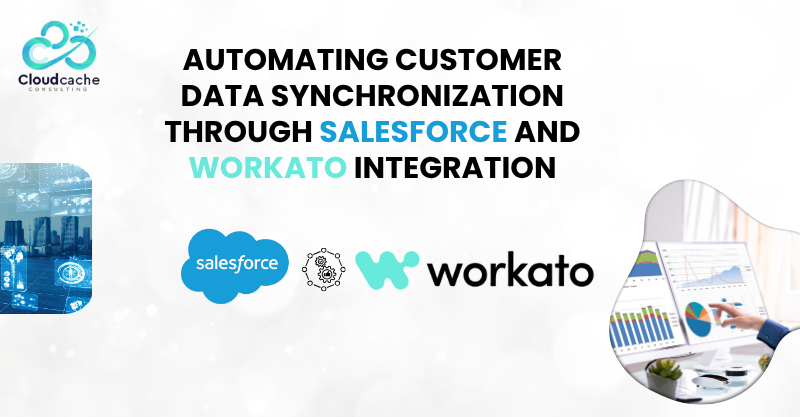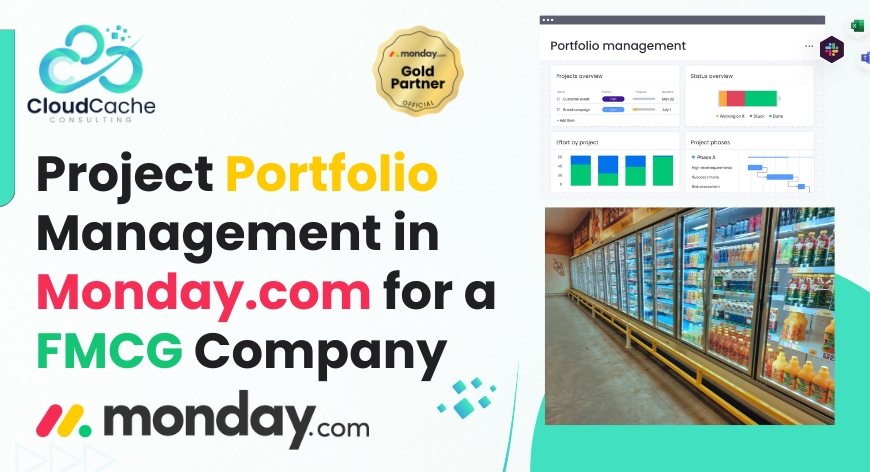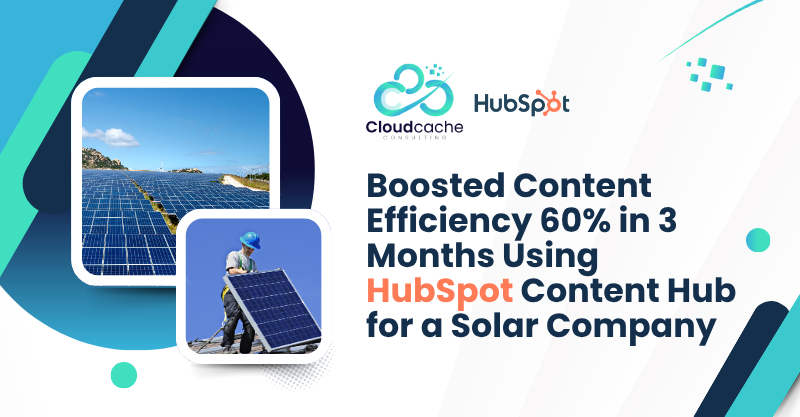
Automating Customer Data Synchronization through Salesforce and Workato Integration
CloudCache Consulting helped a Singapore-based fintech unify Salesforce with ERP and payments via Workato, replacing manual updates with real-time, bi-directional automation. The project mapped objects, built recipes for Closed-Won invoicing and payment status updates, added monitoring and secure OAuth flows, and cut manual entry by 90%. Results included faster invoice processing, clearer sales visibility, and fewer customer errors—freeing teams to focus on growth, not data cleanup, and strategic priorities today.
Salesforce and Workato Integration
About The Company
A fast-growing SaaS fintech company based in Singapore that provides subscription billing, payment orchestration, and reconciliation services to mid-market and enterprise customers across APAC.
Customer Challenges
As business expanded, the client started facing problems like mismatched customer records and issues with tracking invoices across systems, unclear sales pipeline etc.
Major issues were:
- Lack of sales instantaneous visibility into payment and subscription status inside Salesforce.
- Manual invoice generation between Salesforce and the payments system.
- Provide observability and reliable error handling so operations could fix issues fast.
- Preserve existing applications and reduce human touch on routine tasks.
Solutions
We deployed a Salesforce–Workato integration that seamlessly connected Salesforce CRM with their payment management systems.
Involved steps were:
Discovery & process mapping
We ran joint workshops with Sales, Finance, and Engineering to map source-of-truth rules for Accounts, Subscriptions, Opportunities, Invoices, and Payments. From those sessions we documented event flows (e.g., Closed-Won → bill generation → payment confirmation → renewal triggers) and defined SLAs for data currency.
Designing a bi-directional architecture
We designed a resilient, bi-directional integration: Salesforce ↔ Workato ↔ ERP/payments platform. Workato acted as the orchestration layer for transformations, retry logic, and routing. Key nonfunctional requirements — low latency for status updates (< 30s typical), guaranteed-at-least-once delivery for invoices, and idempotency for duplicated events — were implemented in the design.
Field mapping and canonical model
We created a canonical data model to align Salesforce objects (Account, Contact, Opportunity, Order/Invoice custom object) with ERP and payments schemas. Using Workato’s transformation blocks, we normalized dates, currency formats, status enums, and customer identifiers so downstream reconciliation would be deterministic.
Recipe development (the core automations)
We implemented modular Workato recipes and sub-recipes:
- Closed-Won Recipe: On Opportunity stage = Closed-Won, validate pricing and subscription terms, create an Order in the ERP, and attach a reference in Salesforce (Order ID → Opportunity). Business rule checks (discount approvals, revenue recognition flags) ran before invoice generation.
- Invoice Status Sync: Poll/subscribe to ERP payment events; on settled payment, update the Salesforce Invoice and Opportunity payment_status field, append a payment activity, and trigger renewal logic if applicable.
- Payment Failure Handling: On failed payment event, increment a retry counter, schedule a collection workflow, and create a task for the account owner if retries exceed threshold.
- Subscription Adjustments: When subscription amendments happen in ERP, queue a delta update to Salesforce and recalculate ARR and renewal dates in Opportunity records.
Security and compliance
Auth flows used OAuth2 with rotating tokens; Workato connections were scoped with least privilege. We used field-level encryption for PII fields in transit and applied role-based access in Salesforce and the ERP. Audit logs were preserved for financial compliance and reconciliations.
Monitoring, alerting & operational playbooks
We set up Workato job dashboards, custom error reports, and Slack alerts for critical failures. Each alert linked to an operational playbook that described triage steps, common fixes, and rollback procedures so the operations team could act without engineering support.
Testing, rollout & knowledge transfer
We executed end-to-end integration, regression, and throughput tests. Deployment used promoted Workato environments (dev → staging → prod) and a cutover strategy that allowed parallel runs for two weeks to validate data parity. Final step: hands-on training workshops and written runbooks for client ops.
Results
Our solution delivered impactful strategic benefits to the client:
- 90% reduction in manual reconciliation work — finance reclaimed full-day capacity each week.
- 30% faster invoicing cycle time from Closed-Won to invoice generation.
- Real-time payment visibility inside Salesforce reduced renewal follow-ups by 40%.
- Fewer billing disputes and faster collections, improving cash flow and customer satisfaction.
Technology and Tools Used
Salesforce, Workato
Final Words
This project shows how pragmatic integration — built with a clear canonical model, robust orchestration in Workato, secure auth, and close business-tech collaboration — turns a messy, manual process into reliable, measurable capability.
If you’re looking to connect Salesforce to payments without ripping out existing systems, CloudCache Consulting can help with tailored Salesforce integration services to automate workflows, secure data flows, and accelerate time to value utilizing our Salesforce Professional Resources library. You can read our happy clients' reviews on Upwork as well.





